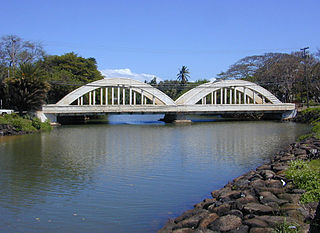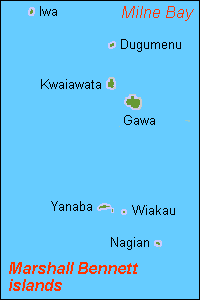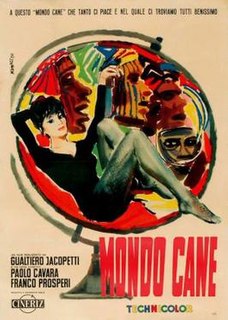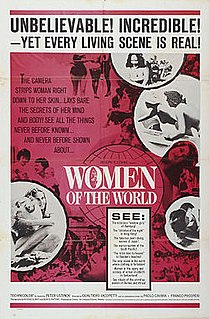
Haleʻiwa is a North Shore community and census-designated place (CDP) in the Waialua District of the island of Oʻahu, City and County of Honolulu. Haleʻiwa is located on Waialua Bay, the mouth of Anahulu Stream. A small boat harbor is located here, and the shore of the bay is surrounded by Haleʻiwa Beach Park and Haleʻiwa Aliʻi Beach Park. Further west from the center of town is Kaiaka State Recreation Area on Kiaka Point beside Kaiaka Bay. As of the 2010 census, the CDP had a population of 3,970. It is the largest commercial center on the North Shore of the island. Its old plantation town character is preserved in many of the buildings, making this a popular destination for tourists and residents alike, visiting surfing and diving sites along the north shore.

Marshall is a city in Lyon County, Minnesota, United States. The population was 13,680 at the 2010 census. Marshall is a regional center in southwest Minnesota, and the county seat of Lyon County. Marshall is the headquarters of the Schwan Food Company and the home of Southwest Minnesota State University. Marshall is also the site of Exelon Wind's Marshall Wind Project.

Lloyd Harbor is a village in Suffolk County, New York, United States, on the North Shore of Long Island. As of the 2013 census, the village population was 3,677. The Incorporated Village of Lloyd Harbor is located in the town of Huntington.
Franco Franchi was an Italian comedian.

Richard Harrison is an American actor and occasionally a writer, director and producer.
Francesco Ingrassia was an Italian actor, comedian and film director.

Gualtiero Jacopetti was an Italian director of documentary films. With Paolo Cavara and Franco Prosperi, he is considered the originator of mondo films, also called "shockumentaries".

Marshall Bennett Islands are several islands in Milne Bay, Papua New Guinea.
Francesco De Masi was an Italian conductor and film score composer.

Nico Fidenco is an Italian singer and film soundtrack composer who gained considerable popularity from 1960 onwards with the release of the song "What a sky", taken from the film Silver Spoon Set by Francesco Maselli. Self-taught in music, Fidenco did a few cover versions of film title songs for the Italian market. With the song "Legata a un granello di sabbia", he was the first Italian singer to sell one million copies of a single. This interest in cinema led him to be a prolific soundtrack composer, including scores for westerns and many Joe D'Amato films.

Ida Galli is an Italian film actress best known for her roles in spaghetti western and giallo films in the 1960s and 1970s. Galli has appeared under several pseudonyms, including Arianna, Evelyn Stewart and Isli Oberon.
Marcello Fondato was an Italian screenwriter and film director. He wrote for 46 films between 1958 and 1986. He also directed ten films between 1968 and 1992. His 1970 film Ninì Tirabusciò: la donna che inventò la mossa was entered into the 21st Berlin International Film Festival.
Marino Girolami was an Italian film director who gained a cult following for his horror movies like Zombie Holocaust. He was the father of the Italian filmmaker Enzo G. Castellari and the actor Ennio Girolami.

Vakuta is an island in the Trobriand Islands group of Papua New Guinea.

Mondo Cane is a 1962 Italian documentary film written and directed by Paolo Cavara, Franco Prosperi and Gualtiero Jacopetti. The film consists of a series of travelogue scenes that provide glimpses into cultural practices around the world with the intention to shock or surprise Western film audiences. These scenes are presented with little continuity, as they are intended as a kaleidoscopic display of shocking content rather than presenting a structured argument. Despite its claims of genuine documentation, certain scenes are either staged or creatively manipulated to enhance this effect.
Paolo Cavara was an Italian screenwriter and a film director. He is known to horror film fans for directing the 1971 giallo, The Black Belly of the Tarantula, and for collaborating with Gualtiero Jacopetti and Franco Prosperi on the 1962 mondo film Mondo Cane.

Women of the World is a 1963 Italian mondo film, also described as a "shockumentary", written and directed by filmmakers Gualtiero Jacopetti, Paolo Cavara and Franco Prosperi. It was rushed into release on 30 January, following the international box-office success achieved by its predecessor, the initial mondo film, Mondo Cane, which premiered in Italy ten months earlier, 30 March 1962. The English language print was narrated by Peter Ustinov.

Halina Zalewska was a Swiss-born Italian actress.
Alberto Negrin is an Italian film director and screenwriter, known for his historical, nostalgic and political films.
















